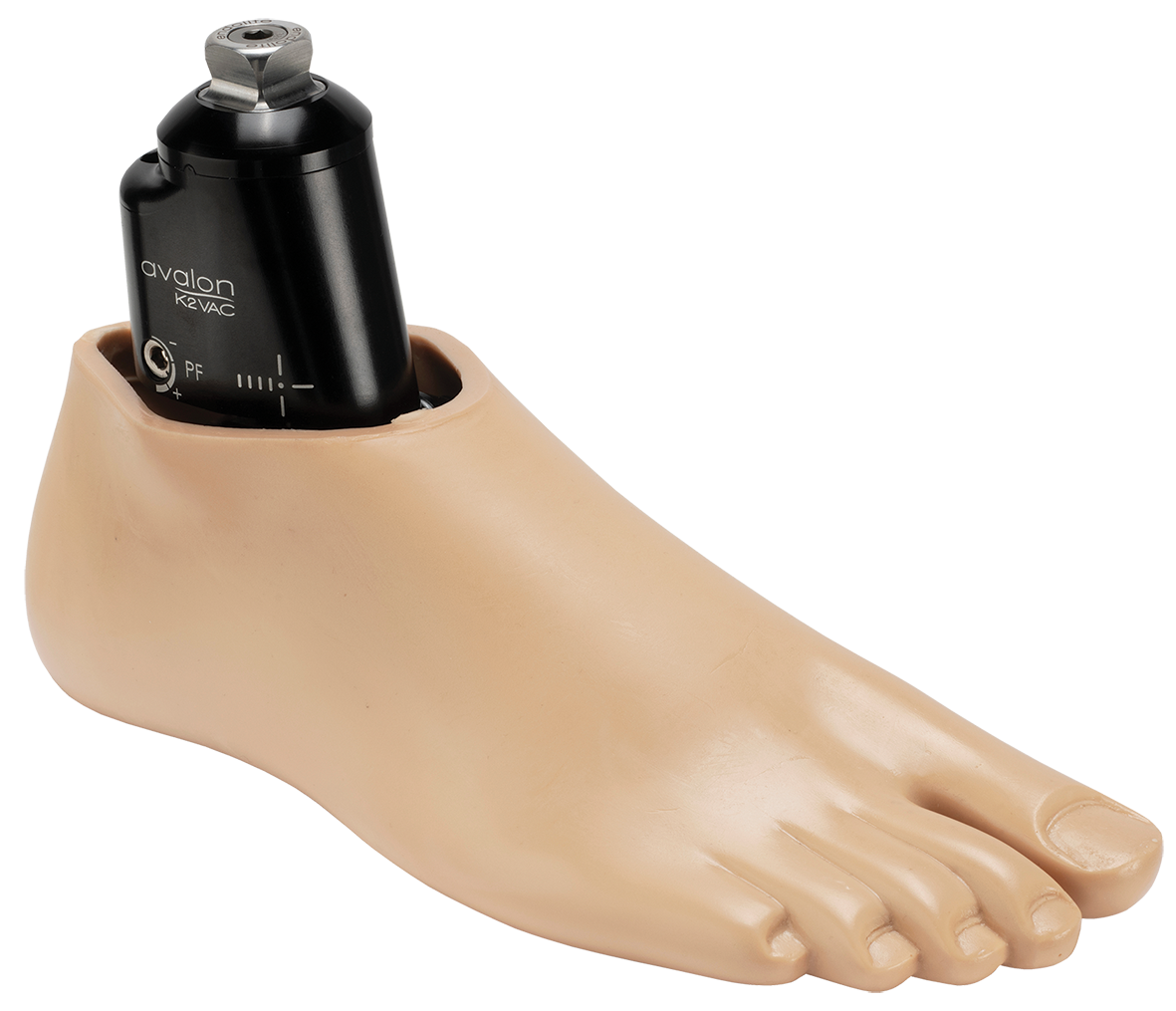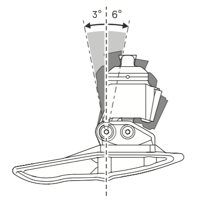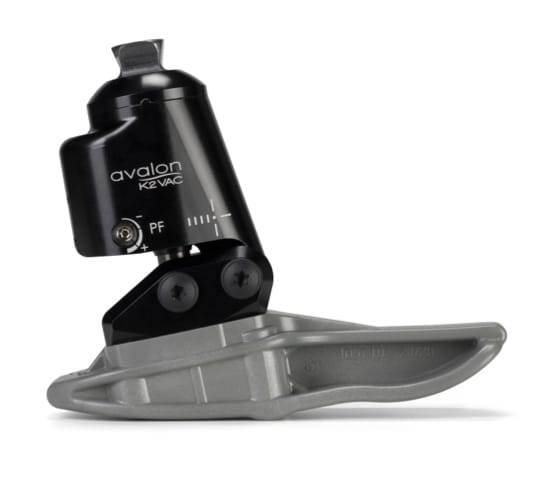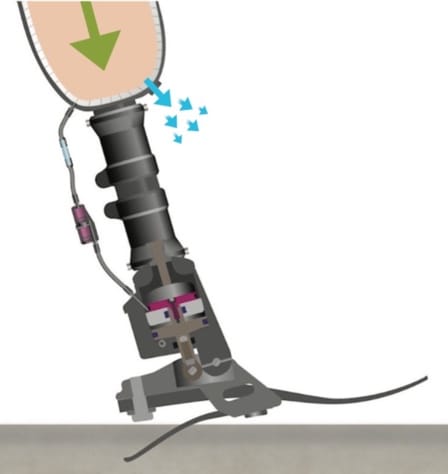White Paper: A Study of AvalonK2
To take a more in-depth look into the Avalon range, discover our White Paper ‘A Study of AvalonK2’ where the biomechanics of the limited community ambulators gait are considered along with the latest clinical evidence for biomimetic hydraulic technology. Then uncover how the biomechanical performance of AvalonK2 can improve mobility and independence.
Download







